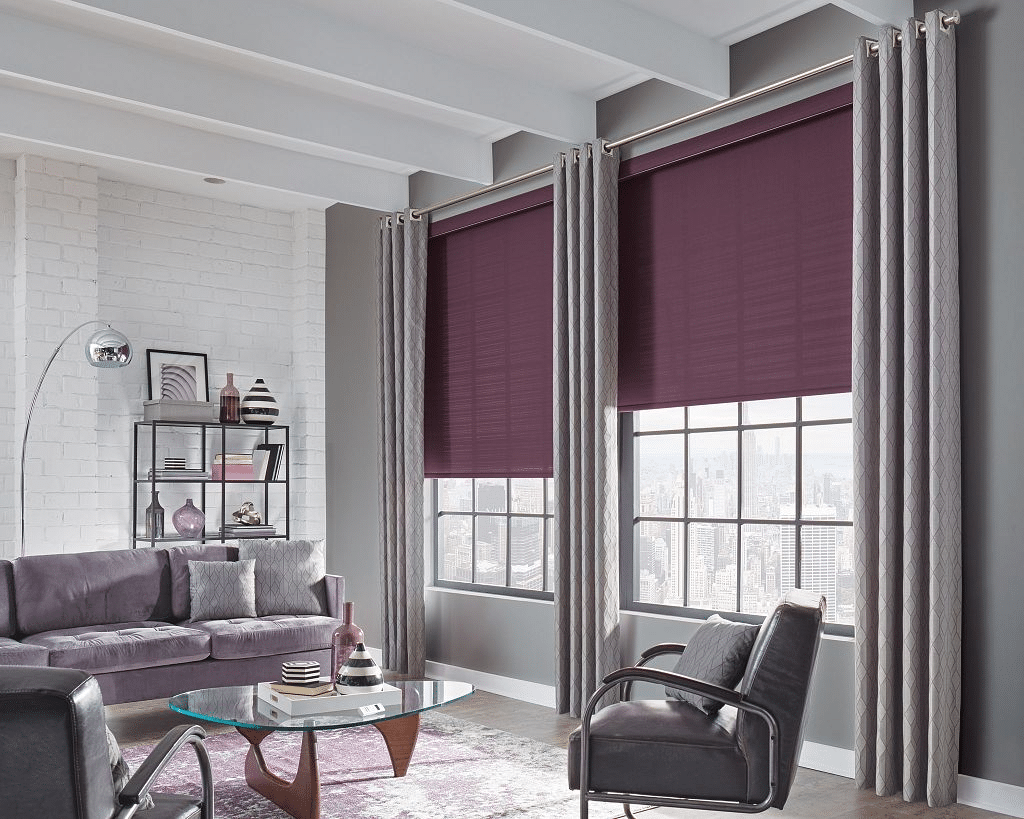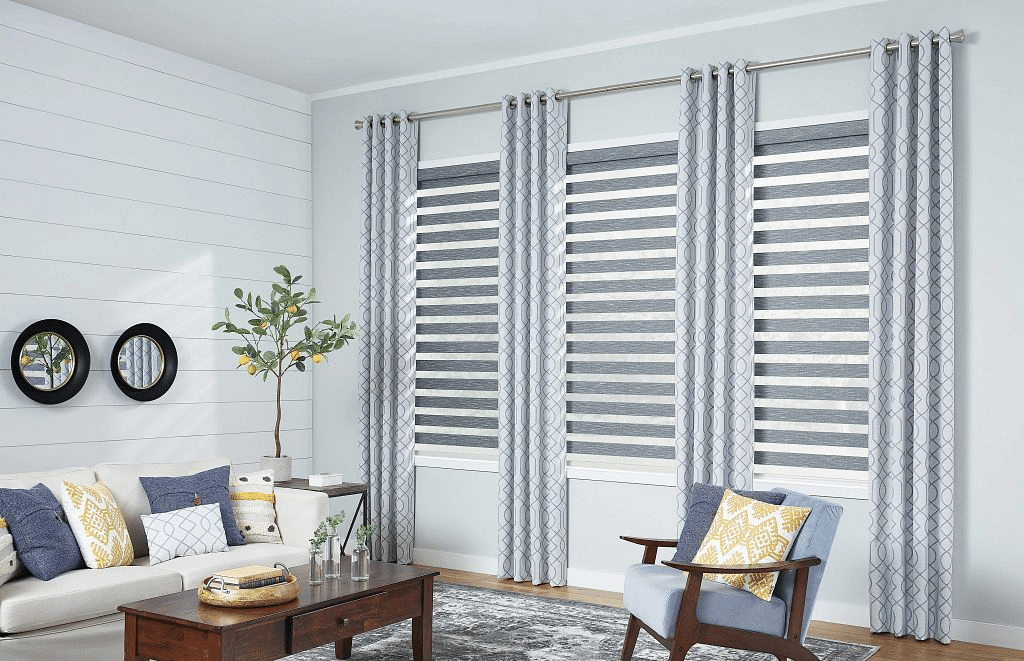When we think about air quality inside our homes, we often consider factors like ventilation and pollutants, but many overlook the role that window treatments play. As your partners in home comfort, we take every aspect of your living environment seriously, including how our products, such as blinds, shades, shutters, and awnings, can affect the air you breathe every day.
Window treatments do more than just beautify your space; they can also impact indoor air quality in significant ways. The materials used in window coverings can attract or repel dust and allergens. Some fabrics are prone to gathering dust, while others might release volatile organic compounds (VOCs) that can be harmful to health. Understanding these factors can help you make more informed decisions about how to manage air quality in your home through the strategic selection of window treatments.
Our goal is to provide you with not only the finest aesthetic additions to your home but also products that contribute positively to a healthy indoor environment. As we explore the relationship between window treatments and indoor air quality, we invite you to consider how changing what covers your windows can improve the air you breathe. Join us as we delve deeper into selecting the right materials and maintaining them to support a healthier home.
Understanding the Link Between Window Treatments and Air Quality
Many of us are aware of the necessity to maintain clean indoor air, but not everyone knows that window treatments can play a pivotal role in this regard. The connection between the two might not seem obvious at first, but it centers around the types of materials used in window coverings and their ability to affect air flow and trap pollutants. For instance, certain materials can attract dust mites and allergens, which are major contributors to poor indoor air quality. Moreover, the treatment’s ability to block or allow natural light also impacts the humidity and temperature levels inside, which can affect the concentration of air pollutants.
In our commitment to health and well-being, we consider these factors when selecting the materials for our product offerings. It is essential for us to educate our customers on how each type of treatment can contribute not only to the aesthetic of a home but also to a healthier living environment. By understanding this link, we empower you with the knowledge to choose window treatments that enhance both the style and the air quality of your home.
How Different Types of Window Treatments Affect Indoor Air
When selecting window treatments, it’s important to know how different types impact indoor air quality. For example, heavy draperies might help in reducing drafts and retaining heat during cold weather, but they can also accumulate more dust and allergens compared to lighter fabrics. On the other hand, blinds, while easy to adjust for light and privacy, have horizontal surfaces that can gather dust, requiring regular cleaning to maintain good air quality.
Shutters are excellent for controlling light and air flow, and because they are usually made of wood or composite materials, they don’t attract as much dust as fabric-based treatments. Alternatively, solar shades are designed to block UV rays and reduce heat without completely darkening the room, which helps in maintaining a balance between light control and air circulation. Each type has its benefits and drawbacks in terms of air quality, and choosing the right one depends on your specific needs and the room’s requirements. By considering these factors, we ensure that your choice not only meets your aesthetic expectations but also promotes a healthier indoor environment.
Choosing Materials: What to Look for in Healthy Window Coverings
When deciding on the right window treatments for your home, the health of your living environment should be a priority. We guide you to focus not just on aesthetics, but also on choosing materials that contribute to cleaner indoor air. Opt for natural fibers like cotton, linen, or wool in your drapes and shades, as these materials tend to off-gas fewer volatile organic compounds (VOCs) than synthetic alternatives. Additionally, untreated wood for shutters can be a better choice than painted ones, as some paints contain chemicals that might release VOCs.
Moreover, it’s beneficial to select hypoallergenic materials, especially in homes with allergy sufferers. These materials are designed to repel dust mites and other allergens, rather than attracting and accumulating them. Also, consider the ease of cleaning the materials you choose. Window treatments that are easy to maintain and clean will help minimize the presence of dust and airborne irritants, contributing significantly to the air quality of your home.
Practical Tips for Improving Air Quality with Proper Window Treatment Care
Maintaining your window treatments is crucial for preserving both their beauty and the air quality in your home. Regularly dust or vacuum blinds, shades, and shutters to eliminate the dust build-up that can affect your health. For fabrics, it’s wise to vacuum them with a brush attachment every few months and to wash or dry clean them annually, depending on the manufacturer’s instructions. These simple steps greatly reduce the potential allergens in your living spaces.
For blinds and shutters, consider using a damp cloth for a deeper clean every now and then to remove the finer particles that a duster might miss. Also, ensure to air out the rooms frequently to reduce humidity and prevent the growth of mold, which can be harbored by certain window treatments under moist conditions. Implementing these care tips not only extends the life of your window treatments but also maintains a healthier indoor environment.
Conclusion
The choice and maintenance of your window treatments play a pivotal role in influencing the air quality inside your home. At The Window Design Studio, we are dedicated to helping you select the perfect window treatments that align with both your style and health requirements. By following our expert advice on choosing the right materials and maintaining them properly, you can enjoy beautiful window treatments while ensuring your home remains a clean and healthy environment.
If you’re ready to transform your space with window treatments that enhance both style and air quality, contact us today. Let’s create healthier, more beautiful living spaces together.




